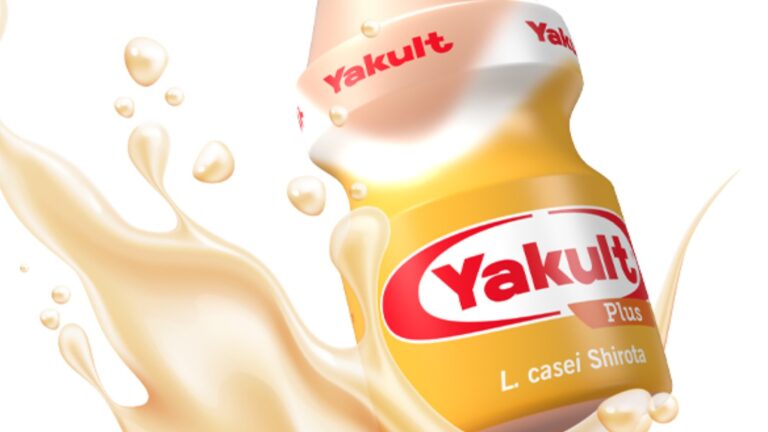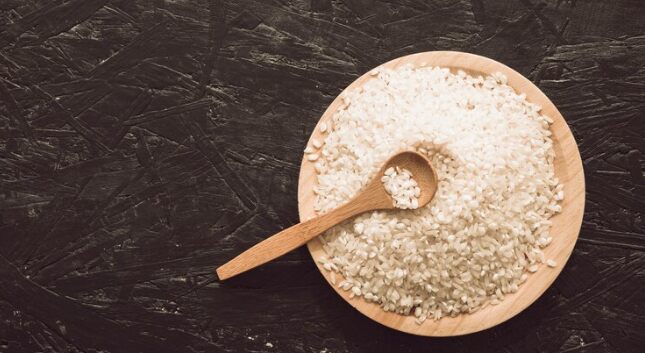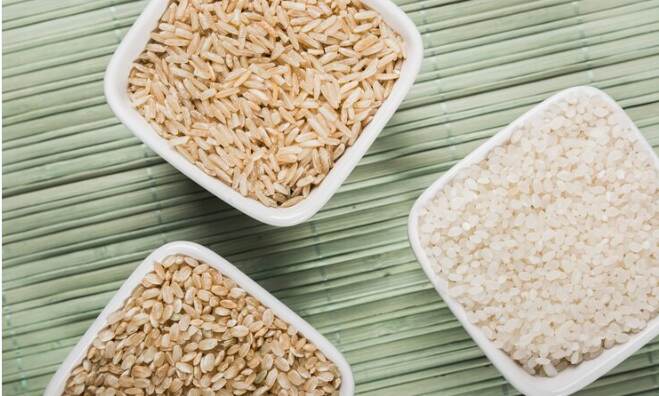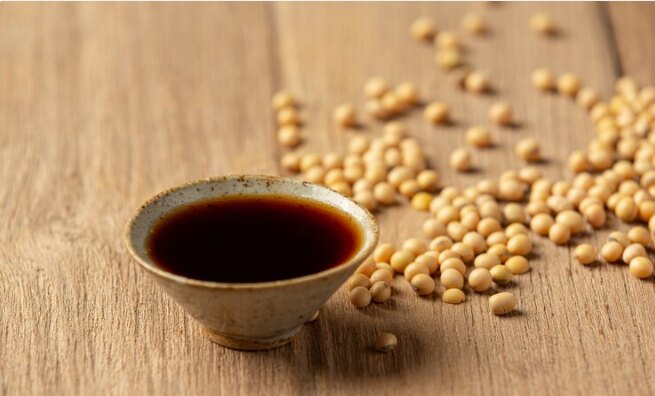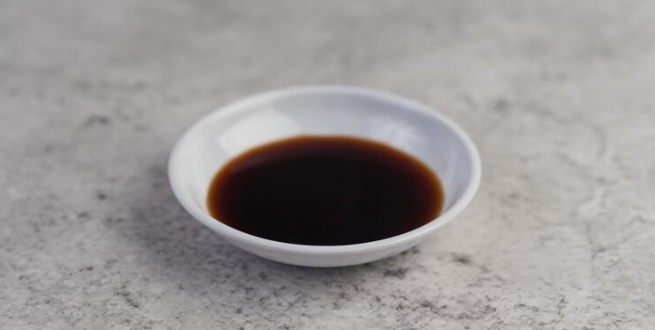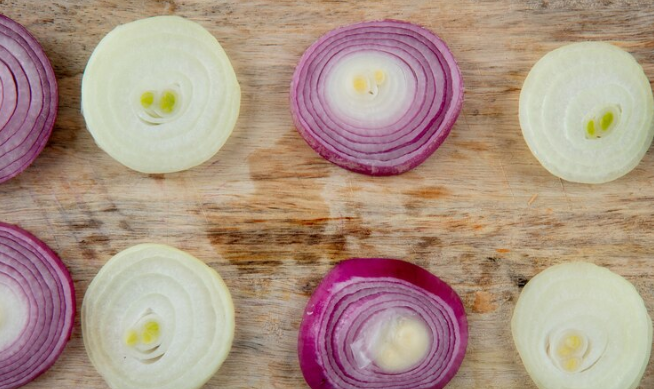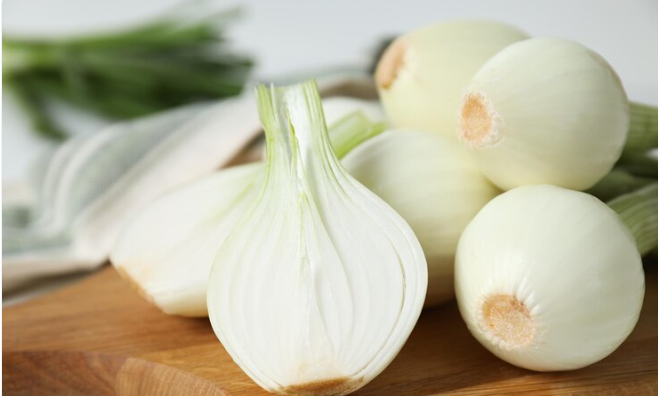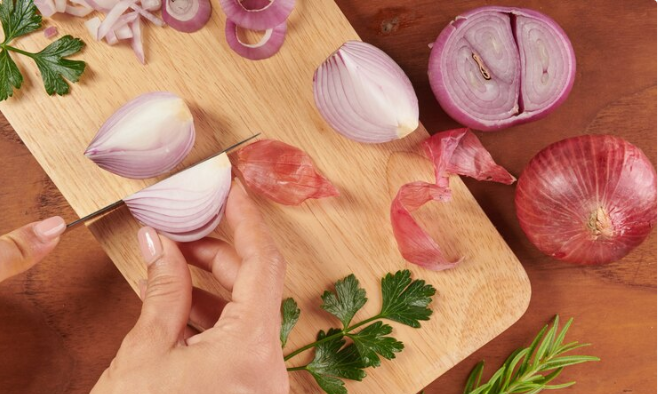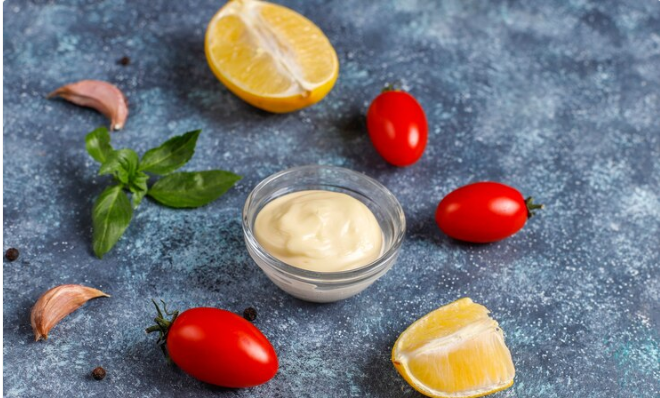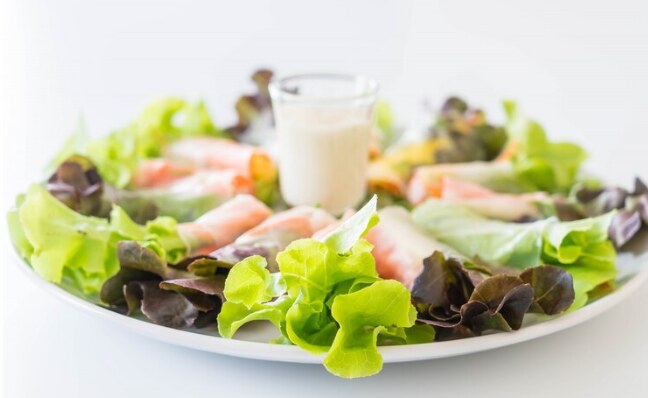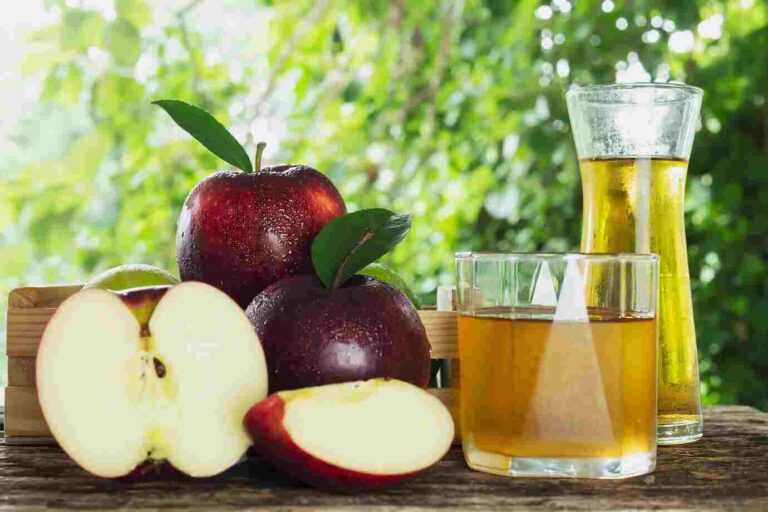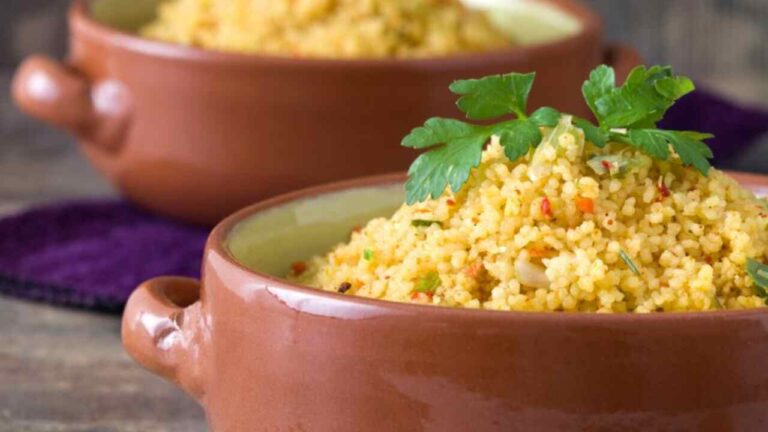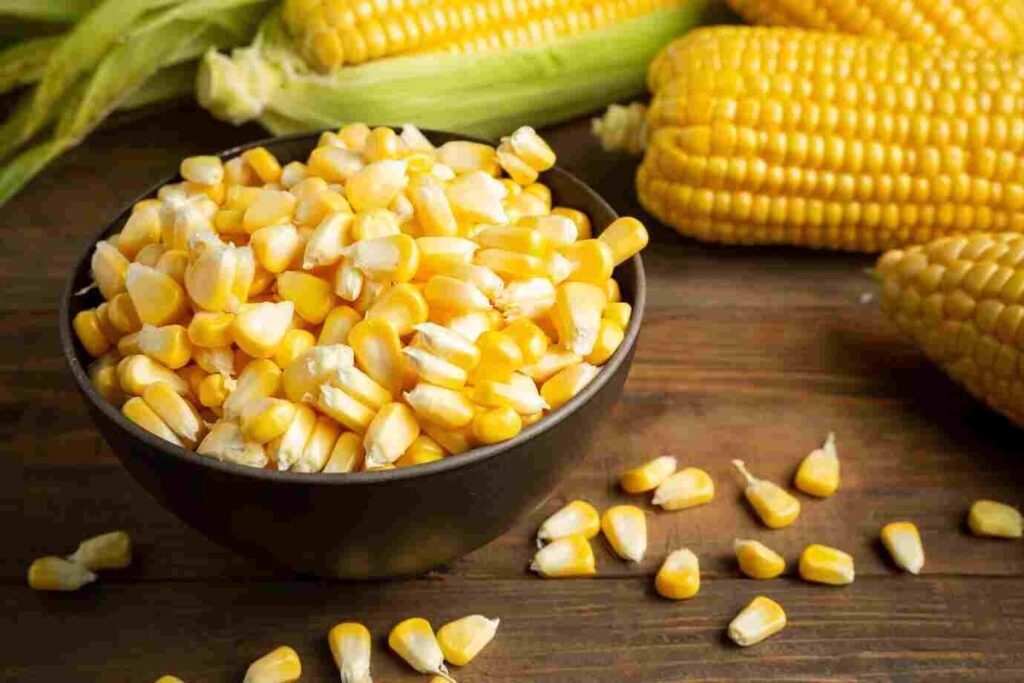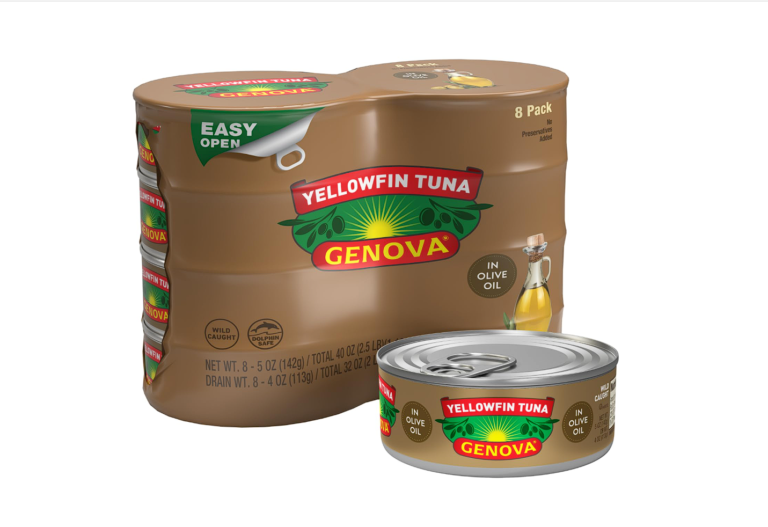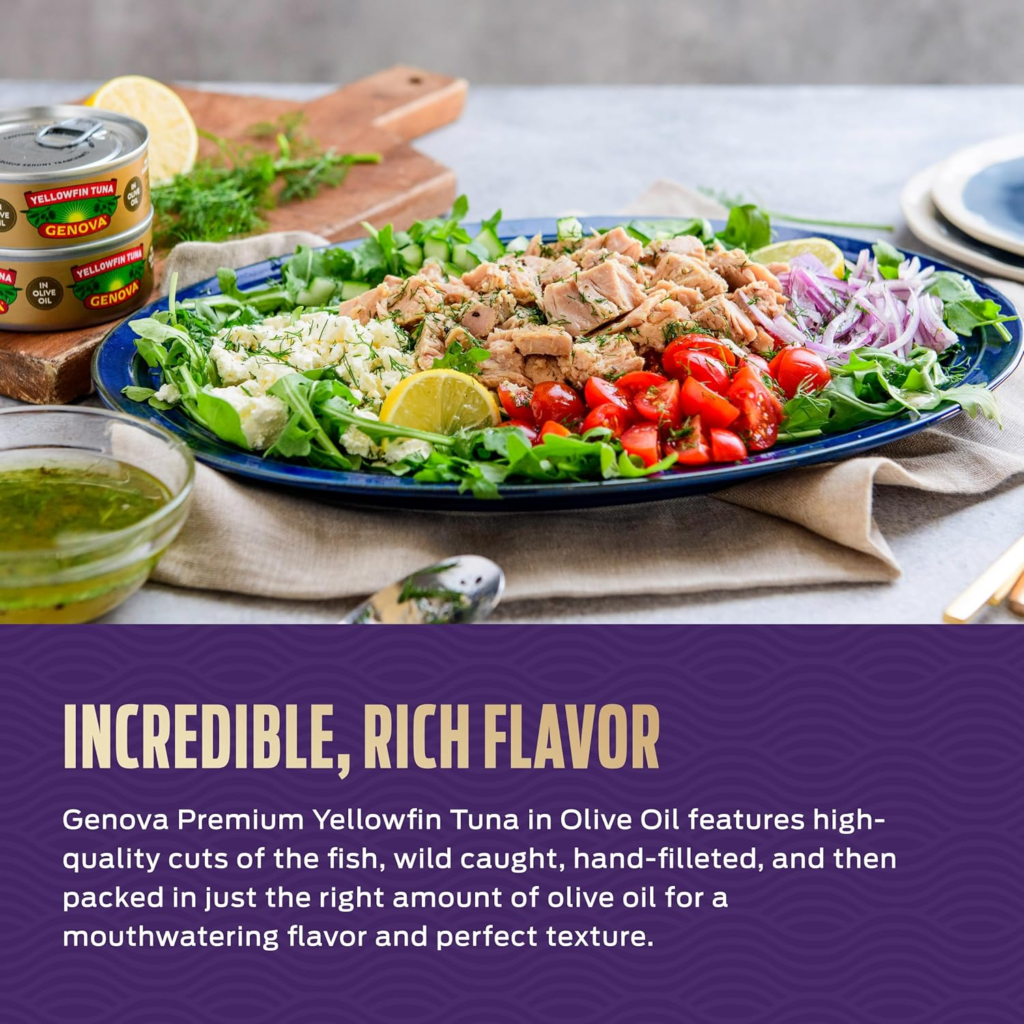Yakult has become a household name in many countries, often praised for its probiotic benefits and digestive support. This small fermented milk drink, originating from Japan, has made its way into lunchboxes, fridges, and wellness routines across the globe. But with its sweet taste and small size, many health-conscious consumers are left wondering: Is Yakult actually healthy?
While it’s marketed as a gut-friendly beverage, a deeper look at the label reveals added sugars, minimal protein, and a concentrated dose of just one probiotic strain. So, is it really a smart choice for daily health, or just clever branding?
In this article, we’ll break down everything you need to know about Yakult—from its ingredients and nutritional value, to its benefits for gut health and immunity, and the risks to be aware of, like sugar content and potential side effects. Whether you’re considering adding Yakult to your routine or simply curious about its impact on wellness, this guide will help you make an informed choice.
What Is Yakult?
Yakult is a fermented probiotic milk drink that originated in Japan in the 1930s. It was developed by microbiologist Dr. Minoru Shirota, who discovered a strain of beneficial bacteria—Lactobacillus casei Shirota—known for its ability to survive stomach acid and reach the intestines alive. His goal was simple yet powerful: to make gut health accessible to everyone.
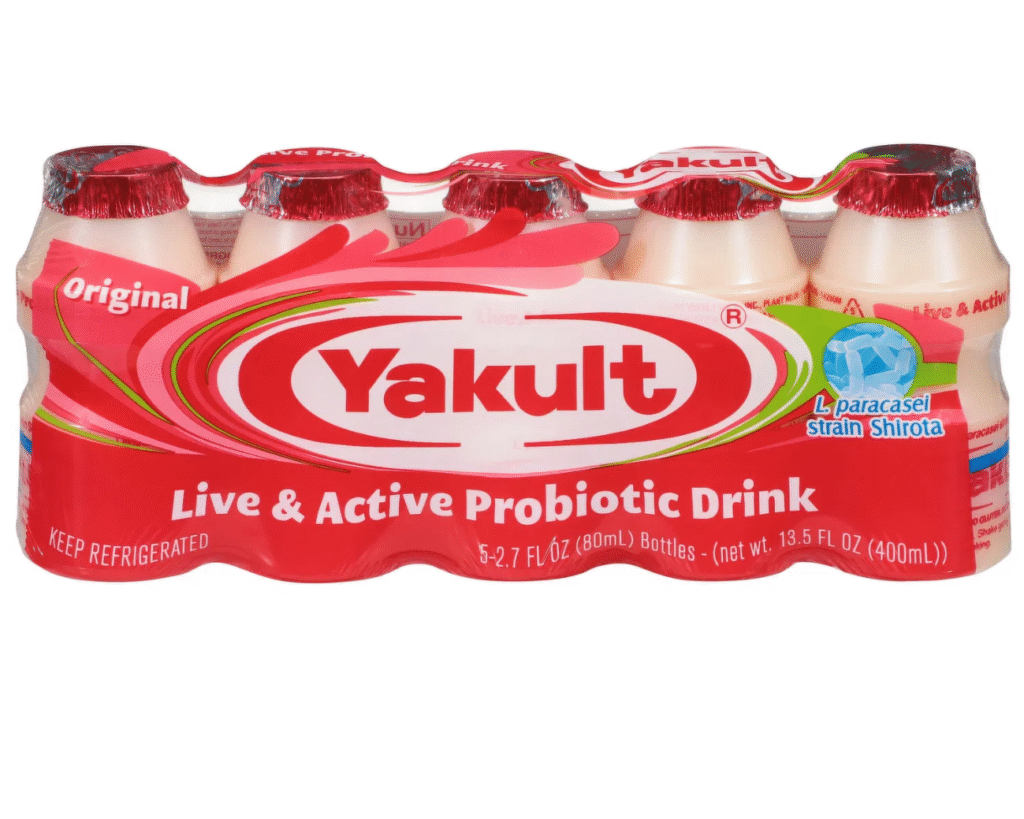
Each small bottle of Yakult contains just a few ingredients:
- Skimmed milk
- Sugar
- Glucose
- Lactobacillus casei Shirota (6.5 billion CFU)
- Natural flavors (varies by market)
Despite being a milk-based product, Yakult is heat-treated (pasteurized) before the probiotic cultures are added back in. This ensures both safety and probiotic effectiveness.
Today, Yakult is sold in over 40 countries and has become a global symbol of daily digestive health. It’s especially popular among parents, wellness enthusiasts, and those looking for an easy way to support their gut microbiome.
While it has earned a positive reputation for promoting good bacteria, some critics question its sugar content, limited strain diversity, and the overall health value of drinking it daily.
Yakult Nutrition Facts (Per Bottle)
Though small in size (65–80ml depending on region), each Yakult bottle packs a concentrated dose of both beneficial bacteria and added sugars. Let’s break down its typical nutrition profile:
Per Bottle (Standard Yakult – approx. 80ml):
- Calories: ~50–70 kcal
- Total Sugar: ~10–14g
- Carbohydrates: ~12–15g
- Protein: ~0.8g
- Fat: 0g
- Probiotic Content: ~6.5 billion CFU of Lactobacillus casei Shirota
Probiotic Power
The star of Yakult is its unique probiotic strain—L. casei Shirota—known for its ability to survive stomach acid and reach the intestines alive. Each bottle contains billions of colony-forming units (CFUs), making it effective for daily gut support.
Artificial Flavors or Additives?
While Yakult does not contain artificial preservatives, some versions may include flavorings or stabilizers, depending on the country. Always check the label.
Does It Contain Prebiotics?
No, Yakult does not contain prebiotics—only probiotics. Prebiotics are the “food” for probiotics, typically in the form of fiber, and are not part of Yakult’s formula.
Is Yakult Healthy? Breaking Down the Evidence
Yakult is often marketed as a daily health drink—but is it truly beneficial, or just clever branding? Like many functional foods, Yakult comes with both notable benefits and a few drawbacks. Here’s what the evidence and expert opinions reveal:
Pros of Drinking Yakult
1. Supports Gut Flora & Digestion
Yakult contains 6.5 billion CFUs of Lactobacillus casei Shirota, a probiotic strain shown to survive stomach acid and help rebalance the gut microbiome. Regular intake can aid in digestion, reduce bloating, and support a healthy bowel movement pattern.
2. Boosts Immune Function
Studies suggest that L. casei Shirota can modulate immune response by enhancing the activity of natural killer cells and reducing inflammation—especially useful during cold and flu season or after antibiotic use.
3. Easy to Incorporate Daily
Yakult’s small size and sweet taste make it convenient to drink regularly, especially for kids or people who don’t prefer capsules or strong-tasting probiotic foods like sauerkraut or kefir.
Cons of Drinking Yakult
1. High Sugar Content
Each bottle contains 10–14 grams of sugar—nearly 3 teaspoons—which is high for such a small serving. This may be a concern for people managing blood sugar or reducing added sugars.
2. Low in Nutritional Value
Yakult provides minimal protein, fiber, and healthy fats—so while it’s probiotic-rich, it doesn’t offer comprehensive nutritional benefits. It’s not a meal replacement or source of sustained energy.
3. May Not Be Suitable for Everyone
As a dairy-based drink, Yakult contains lactose and may not be tolerated by those with lactose intolerance or dairy allergies, unless they opt for lactose-free versions (not available in all regions).
Verdict?
Yakult can be healthy when consumed in moderation and as part of a balanced diet—but it shouldn’t be relied upon as a standalone health drink. Its probiotic benefit is real, but watch the sugar and dietary fit based on your individual needs.
Is Yakult Good for Weight Loss?
Yakult is often marketed as a gut-friendly drink, but can it actually help with weight loss? The answer depends on how you use it, what your diet looks like overall, and whether you’re consuming it mindfully or just adding more sugar to your day.
Probiotic Benefits for Metabolism and Bloating
The Lactobacillus casei Shirota strain in Yakult has been studied for its ability to support gut flora balance, which plays a key role in:
- Reducing bloating and water retention
- Enhancing digestion and nutrient absorption
- Modulating fat storage and inflammation
A healthier gut microbiome has been linked to improved metabolism and even reduced cravings. So while Yakult won’t directly burn fat, its probiotic properties may contribute to a more efficient, less bloated system—supporting your weight loss journey indirectly.
Sugar Content: A Potential Drawback
One downside? Each 65–80ml bottle contains around 10–14g of added sugar. That’s over 40–60 calories per serving—mostly from sugar. For those on calorie-restricted or low-sugar diets, this could hinder weight loss if not accounted for in your overall intake.
Best Practices for Weight Management
- Drink Yakult in the morning on an empty stomach for best probiotic absorption
- Stick to one bottle per day to avoid excess sugar
- Combine with a fiber-rich diet (e.g., fruits, oats, veggies) to maximize gut health
- Avoid using it as a dessert—it’s not a substitute for a snack or treat
Yakult may support gut health and bloating relief, but it’s not a weight loss drink. To benefit without sabotaging your goals, focus on portion control and use it to complement—not replace—other healthy habits.
Is Yakult Safe for Kids and Older Adults?
Yakult is widely marketed as a gentle daily probiotic, but when it comes to children and elderly individuals, safety and effectiveness need special attention. Let’s break down the key considerations by age group.
For Kids: Safe in Moderation
Yakult is generally considered safe for children, especially above the age of 1. The Lactobacillus casei Shirota strain supports a balanced gut microbiome, which may help with:
- Reducing constipation and diarrhea
- Improving digestion during dietary transitions
- Strengthening immunity and nutrient absorption
Dosage tip: One bottle per day is sufficient. For toddlers, consult a pediatrician before regular use, especially if your child is lactose intolerant or sensitive to dairy-based drinks.
For Older Adults: Gentle Digestive Support
The elderly often face slower digestion, weakened immunity, and medication-related gut imbalances. Yakult’s live probiotic culture may help:
- Improve bowel regularity
- Reduce bloating or indigestion
- Restore healthy bacteria after antibiotics
It’s an easy-to-swallow option for those who struggle with capsules or pills.
Allergy Risks and Considerations
Yakult is not suitable for individuals with dairy allergies or severe lactose intolerance (unless using a lactose-free version, which isn’t always available). It also contains added sugar and natural flavorings, which some people with sensitivities may want to avoid.
Yakult can be a safe and beneficial supplement for both kids and seniors—when used appropriately. Stick to one bottle per day, and consult a healthcare provider if there are concerns about allergies or preexisting digestive issues.
Yakult vs Other Probiotic Drinks
Yakult is a popular choice for daily probiotic intake, but how does it stack up against other probiotic-rich options like kefir, kombucha, yogurt, and supplement capsules? Here’s how they compare in terms of strains, strength, and overall benefits:
Yakult vs Kefir
Kefir is a fermented milk drink like Yakult, but with a more diverse mix of probiotic strains—often 10–30 different types.
✅ Kefir contains multiple strains for broader gut health benefits
❌ Yakult only contains Lactobacillus casei Shirota
✅ Kefir may have more vitamins and less sugar
❌ Kefir has a stronger, sour flavor that may not appeal to everyone
Verdict: Kefir offers a richer probiotic profile, but Yakult is more palatable for kids or new users.
Yakult vs Kombucha
Kombucha is a fermented tea with probiotics and organic acids.
✅ Kombucha may support detox and liver health
❌ Some kombucha varieties contain alcohol or excessive caffeine
❌ Kombucha often has fewer live cultures than Yakult or kefir
Verdict: Kombucha may benefit adults looking for an energy-boosting, gut-friendly drink, but Yakult offers more probiotic consistency.
Yakult vs Probiotic Yogurts
Probiotic yogurts contain live cultures like Lactobacillus and Bifidobacterium.
✅ Yogurts often include calcium, protein, and vitamin D
✅ Can contain multiple strains depending on the brand
❌ May have added sugar like Yakult
Verdict: Yogurt provides more nutritional value overall, but Yakult is easier to drink daily for targeted probiotic support.
Yakult vs Supplement Capsules
Probiotic supplements come in capsule or powder form, often offering multiple strains and higher CFU counts.
✅ Supplements allow for strain-specific targeting (e.g., IBS, immunity)
✅ Convenient and travel-friendly
❌ No nutritional content or additional digestive enzymes
Verdict: For serious gut issues or therapeutic needs, supplements are superior. Yakult is best for general maintenance.
Strength of Lactobacillus casei Shirota
Yakult uses a clinically studied single strain (L. casei Shirota) with proven survivability in the gut. While effective, it lacks the diversity that multi-strain probiotics offer.
Yakult is a reliable, tasty way to get daily probiotics, especially for general gut support. However, if you need multi-strain diversity, higher CFUs, or added nutrients, other options like kefir, yogurt, or capsules may be more beneficial.
Side Effects of Yakult (If Any)
Yakult is generally safe for most people, especially when consumed in moderation. However, like many probiotic products, it may cause mild side effects or be unsuitable for certain individuals, especially when first introduced into the diet.
Mild Bloating or Gas
When starting Yakult—or any new probiotic—some people may experience temporary bloating, gas, or mild digestive discomfort. This is a normal reaction as the gut adjusts to the influx of new bacteria and balances out its internal flora.
✅ Tip: Start with one bottle per day and allow your body a few days to adapt.
Unsuitable for Those with Dairy Allergies
Yakult is a dairy-based drink made with skimmed milk. While it’s fermented and low in lactose, it is not safe for individuals with milk allergies or severe lactose intolerance. Some regions offer lactose-free variants, but they may not be widely available.
Considerations for Diabetics
Each bottle of Yakult contains 10–14 grams of sugar, depending on the version (Yakult Light has slightly less). This may pose concerns for:
- People with diabetes or insulin resistance
- Individuals on low-carb or sugar-restricted diets
While the sugar supports probiotic survival and taste, it’s still an important nutritional trade-off to consider.
Yakult is safe for most healthy adults and children, but those with digestive sensitivities, milk allergies, or sugar-related conditions should consult a healthcare provider before regular use.
How to Take Yakult Properly
Yakult is easy to incorporate into your daily routine, but timing, dosage, and combination with other probiotics can impact its effectiveness. Here’s how to get the most out of every bottle.
When to Drink Yakult
The best time to drink Yakult is:
- In the morning, preferably on an empty stomach or before meals
- This allows the probiotics to travel through the digestive system with minimal interference from food, helping more bacteria reach the intestines alive
It can also be consumed after meals if that better suits your schedule—but consistency is key.
How Many Bottles per Day?
- The recommended dose is 1 bottle per day
- Taking more than one isn’t harmful, but it increases sugar intake without necessarily providing additional probiotic benefit
- Some people take 2 bottles during digestive issues or while on antibiotics (consult a doctor if unsure)
Can You Take Yakult with Other Probiotic Supplements?
Yes, but with a few considerations:
- Yakult is a single-strain probiotic, so pairing it with multi-strain supplements can actually offer broader benefits
- However, it’s best to stagger the timing (e.g., Yakult in the morning, capsules at night) to avoid overstimulating the gut
Always introduce one new supplement at a time to monitor your body’s response.
Final Tip
For best results:
- Keep Yakult refrigerated
- Drink it daily at the same time
- Combine with a fiber-rich diet to feed the good bacteria
FAQs About Yakult
Is it okay to drink Yakult daily?
Yes, it’s perfectly safe to drink one Yakult per day. It delivers 6.5 billion CFUs of Lactobacillus casei Shirota, which supports gut health, digestion, and immunity. Daily use helps maintain a healthy balance of gut bacteria. Just be mindful of its sugar content if you’re watching your intake.
Does Yakult help with bloating?
Yes, Yakult may help reduce mild bloating and gas by improving gut flora and digestion. The probiotics in Yakult can ease discomfort caused by poor digestion or an imbalanced microbiome. However, bloating may occur initially as your body adjusts.
Is Yakult better than yogurt?
Yakult is easier to digest and more targeted in probiotic delivery, while yogurt offers more nutritional value (protein, calcium, vitamin D). Yakult is great for those who prefer a low-volume, high-potency probiotic, but yogurt provides a broader nutritional profile.
Can diabetics drink Yakult?
Caution is advised. Regular Yakult contains around 10–14g of sugar per bottle, which may spike blood glucose. Yakult Light is a lower-sugar alternative, but diabetics should consult their doctor before adding it to their diet.
What happens if I drink too much Yakult?
Drinking too much Yakult can cause digestive upset like bloating or diarrhea due to probiotic overload and excess sugar intake. One bottle per day is enough for most people. Overconsumption offers no extra benefits and increases sugar intake significantly.
Conclusion: Is Yakult Really a Healthy Choice?
Yakult offers a simple, effective way to support gut health through daily probiotic intake. It delivers billions of live Lactobacillus casei Shirota to help balance intestinal flora, ease digestion, and even support immune function—all in one small, easy-to-drink bottle.
That said, it’s not without its downsides. High sugar content, low nutritional value, and dairy-based ingredients may limit its appeal for diabetics, lactose-intolerant individuals, or those watching their sugar intake. Compared to other probiotic options like kefir or yogurt, Yakult is more targeted but less nutritionally complete.
✅ Best for:
- Adults and children needing mild, daily probiotic support
- People who struggle with capsules or strong-tasting fermented foods
- Individuals experiencing bloating, digestive irregularities, or mild gut imbalances
Final Verdict:
Yes, Yakult can be healthy—when consumed mindfully.
Drink it daily, in moderation, and pair it with a balanced diet rich in fiber for optimal gut health. It’s a convenient probiotic solution, but not a magic bullet.

